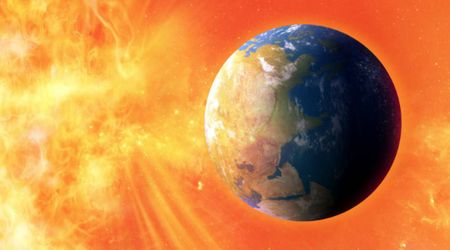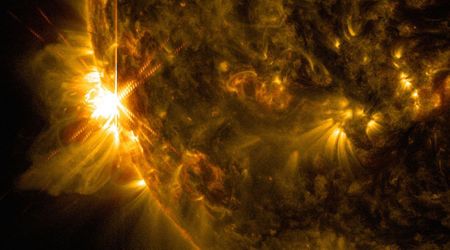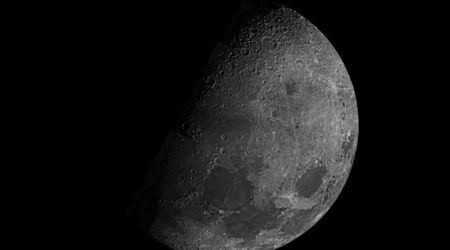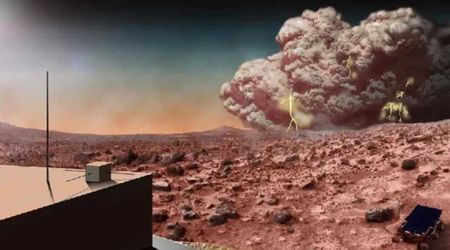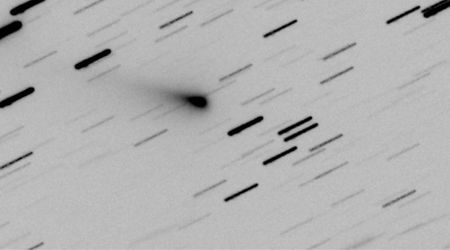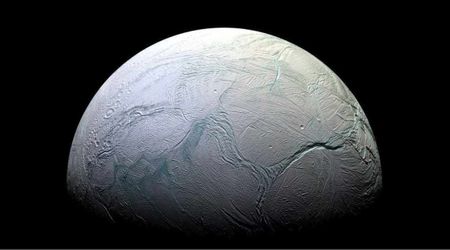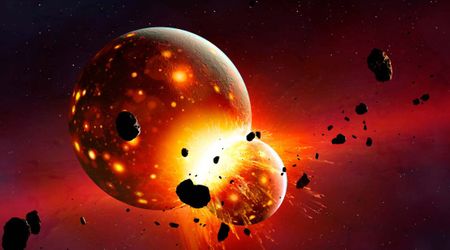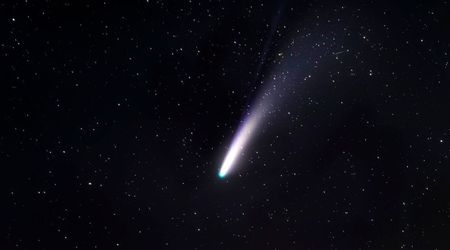NASA satellite captures the power of an asteroid that deformed a mountain on impact

To imagine the tremendous power of an asteroid’s impact on Earth that changes the dimensions of a landscape seems otherworldly. Yet, we were privy to its works, starting with the complete wipeout of the dinosaurs. An image by NASA’a satellite provided a peek into the past and the strength of this space matter as it crashed into a mountain range in Australia's Northern Territory around 600 million years ago. As the object enters Earth’s atmosphere, it starts to shed mass which affects the final impact. This crash years ago changed the face of the landscape in the area entirely.

The time was the Ediacaran Period when the planet had just shed a cover of ice and the land was practically barren. Yet, a small portion of unique, soft-bodied creatures lived in the depths of seas. Some of them were worm-like organisms with crescent heads, spiral-shaped mounds with unusual trilateral symmetry, and fern-like fronds, according to NASA Earth Observatory. It was a possibility that these tiny creatures had to bear the obliteration of an asteroid. The asteroid was around 700-1300 feet in diameter and had eroded since its impact, but signs of the collision remain imprinted.

The Operational Land Imager (OLI) on Landsat 8 captured the image of the impact site on February 3, 2025. The collision created a canoe-shaped trough in the land that was around 3,280 ft wide and 16,404 ft long. Satellite observations indicate deformation in the regional rock strata, with greater effects to the north and south, and lesser to the east and west. The shape of the impact site crater was long and narrow and the pattern of regional deformation suggests the asteroid struck at a shallow angle, unlike the one that led to the extinction of dinosaurs.

Asteroids that collide with a steeper angle usually leave a deeper, more symmetrical crater, and create an elevated structure in the center of the crater called central uplift. Asteroids that collide at a shallow angle also cause minimal damage. This is because they spend more time shedding matter passing through the Earth's atmosphere, as per Newsweek. Once it burns off mass during entry, the asteroid bodies break into smaller pieces before impact. The regional deformation of the area was not the only sign of an asteroid impact having occurred at Amelia Creek.

Geologists have found that since the 1980s, fan-shaped fractures were created in quartz-based rocks in the area when shock waves traveled through the rocks. These features are known as "shatter cones." "All of the area's shatter cones are distributed in a crescent-like pattern mainly to the south of the crater, another sign that the asteroid struck at a shallow angle," NASA explained about their satellite observations. The existence of these unique features suggests that the rocks were subjected to pressures ranging between 290,000 – 4,350,000 pounds per square inch.

As experts study the impact of Amelia Creek, it is to be observed that the aftermath was felt on a regional scale. There is evidence from the same Ediacaran Period which suggests two other impacts that were more devastating, probably carrying global effects. The space agency explained that these collisions led to changes in global climate and ocean chemistry. They had a vast impact on natural habitats, including the extinction of a unique species of microfossils known as the "acritarchs." This evidence added to the reputation of asteroids and their impacts.
